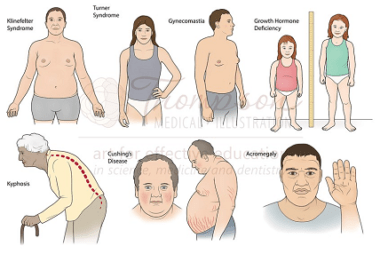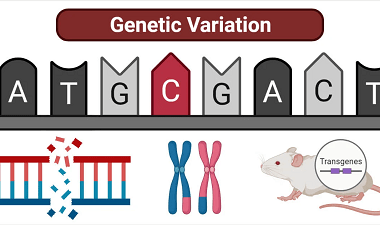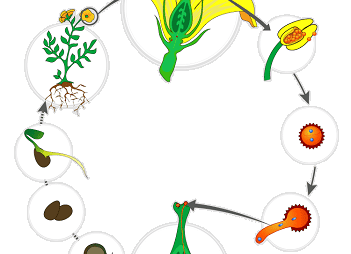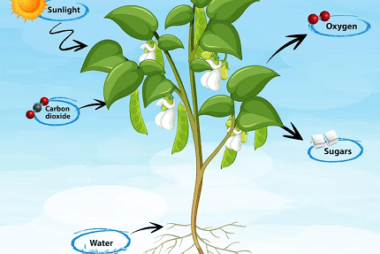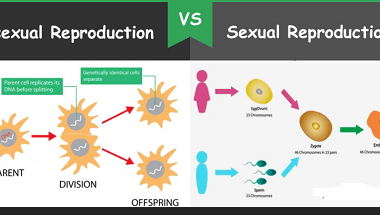Advance Course AIIMS-SYLLABUS Biology syllabus Sewage Treatment
Sewage Treatment Sewage treatment is the process of removing contaminants and pollutants from wastewater, primarily from household and industrial sources. It is an essential step in protecting public health and the environment by preventing the release of harmful substances into water bodies. Sewage treatment involves various physical, chemical, and biological processes to treat the wastewater…


